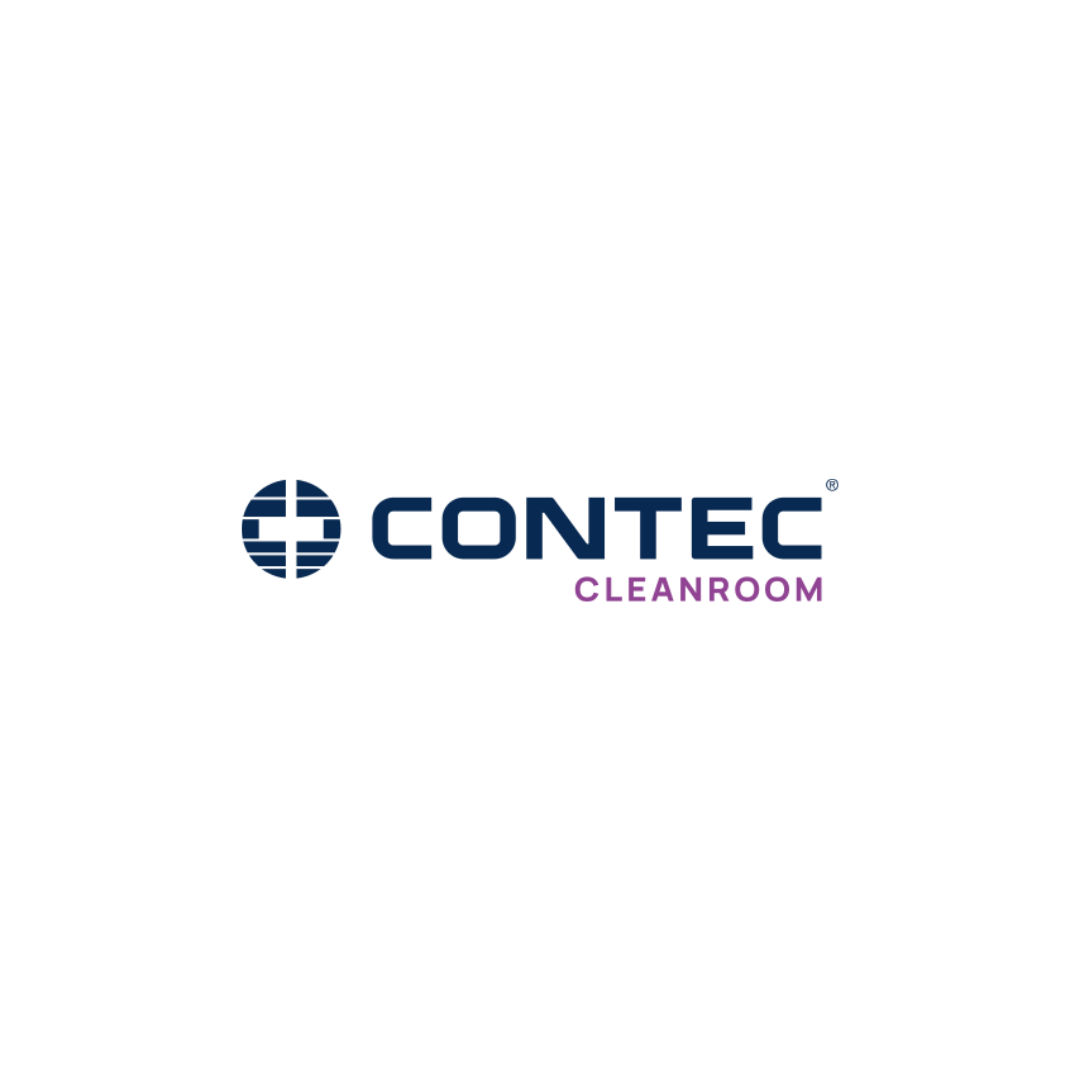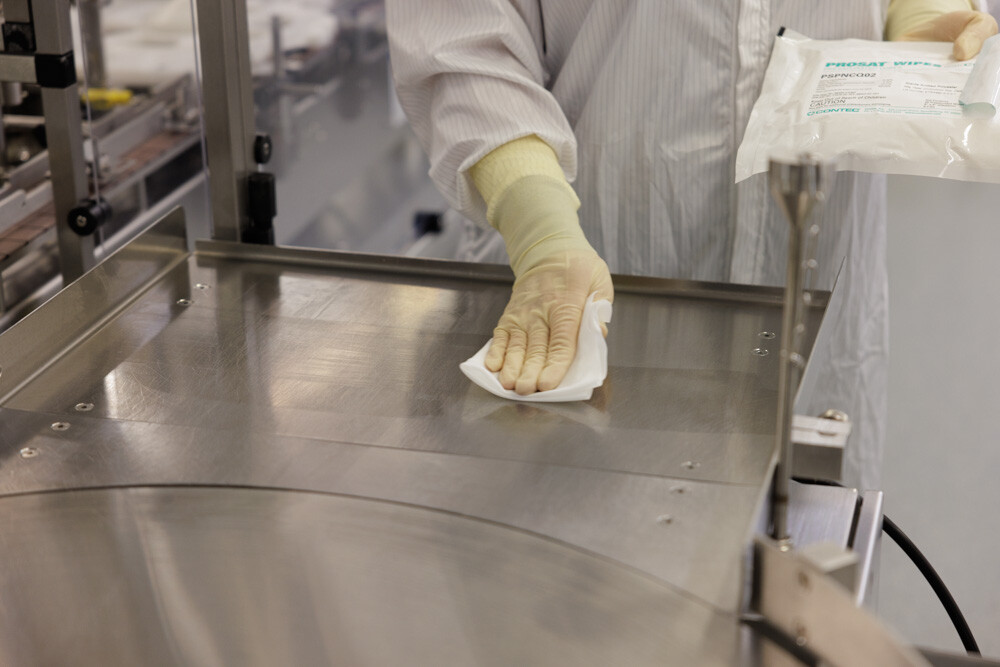In the high-stakes environments of the biotechnology, pharmaceutical, and semiconductor industries, the significance of cleanroom best practices cannot be overstated.
These controlled environments, where contaminants like particles and microbes are meticulously managed, are fundamental to the manufacturing and research processes that drive innovation in these sectors. However, the effectiveness of a cleanroom is not just about air filtering systems or the design of the room itself; it's equally about how these environments are maintained. This is where the importance of cleanroom cleaning and disinfection training comes into focus.
Why Training Matters
Proper training in cleanroom cleaning and disinfection is vital for several reasons:
- Contamination Control: The primary purpose of a cleanroom is to control contamination. Even minor lapses in cleaning protocols can introduce contaminants, compromising research results and product quality. Training ensures that personnel are aware of the potential sources of contamination and the best practices to mitigate them.
- Compliance and Standards: The cleanroom industry operates under strict regulatory standards, such as Annex 1, ISO 14644, and GMP guidelines. Training programs help ensure that cleaning staff are up-to-date on these standards and understand how to maintain compliance.
- Safety and Efficiency: Proper training in the use of cleanroom cleaning supplies, from cleanroom wipes to cleanroom mops, and solutions/disinfectants like sterile IPA and PeridoxRTU, not only ensures safety but also enhances the efficiency and effectiveness of cleaning procedures.
Training Components: What Should be Covered?
Effective training programs should cover a wide range of topics, including, but not limited to:
- Understanding Cleanroom Standards: An overview of the relevant standards and regulations, including the classification and certification of cleanrooms.
- Cleanroom Behavior: Training on proper attire, movement, and behavior to minimize the introduction of contaminants.
- Cleaning and Disinfection Protocols: Detailed instructions on cleaning techniques, the proper use of cleanroom cleaning products, and the selection of appropriate cleanroom disinfectants.
- Equipment and Supplies: Guidance on the use of cleanroom cleaning products such as mops, bucket systems, disinfectants, and wipes, for contamination control and effective residue prevention and removal.
- Waste Handling: Procedures for the safe and effective disposal of cleaning waste to prevent contamination.
Implementing Effective Training Programs
A thorough understanding of the unique requirements of cleanroom environments. Here are a few tips for developing and maintaining a successful training initiative:
- Customize Training to Specific Needs: The training should be tailored to the specific requirements of the cleanroom's classification and the industry it serves, whether it's pharmaceuticals, biotechnology, or microelectronics.
- Utilize Experienced Instructors: Instructors should have extensive experience in cleanroom cleaning and disinfection practices and be well-versed in the latest industry standards and innovations.
- Incorporate Hands-On Training: Practical, hands-on training sessions are invaluable, allowing staff to apply what they've learned in a controlled environment.
- Emphasize Continuous Learning: Cleanroom technologies and standards evolve. Continuous training ensures that staff members remain knowledgeable about the latest practices and technologies.
The maintenance of cleanrooms is as critical as their design and operation. Training in cleanroom cleaning and disinfection is not just a regulatory requirement; it's a fundamental component of quality control and safety in critical environments. By investing in comprehensive training programs, organizations can ensure that their cleanroom facilities operate at peak efficiency, supporting the groundbreaking work being done within their walls.
In an era where the smallest particles can have the biggest impacts, the role of well-trained cleanroom personnel has never been more important. Contec Cleanroom's commitment to providing top-tier cleanroom cleaning supplies and expertise is matched by our dedication to the education and training of those tasked with using them. Together, we can uphold the highest standards of cleanliness and contamination control, ensuring the integrity of the critical work performed in cleanrooms around the world.
How can Contec Help?
Contec’s has various training resources available including videos and articles. Our sales team also utilizes Studio 289, our in-house video production studio, to host training sessions with our technical team anywhere, anytime. The studio can be used for various purposes including training on new products that have been brought into a facility as well as mopping, wiping, and disinfection best practices.
For facilities that need more guidance, our Technical Services team offers Contamination Control Assessments (CCAs). More information on CCAs can be found here.
Our sales team is available to help you find the resources you need for comprehensive training in your facility!




-1.png)
.jpg)